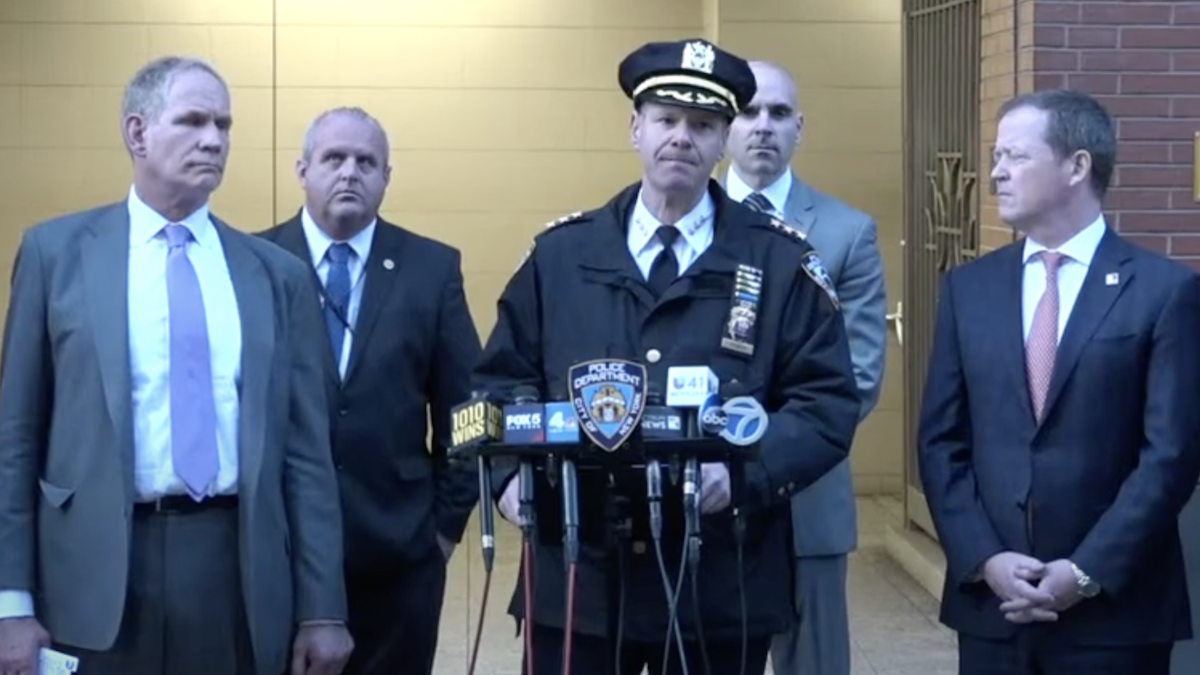
One of the perennial delights of re-reading “Democracy in America,” the best-known work of the French diplomat, historian, and traveler Alexis de Tocqueville (1805-1859), is seeing how his observations have played out. Some passages border on prophetic visions that virtually leap off the page.
Tocqueville, whose birthday we celebrate July 29, published “Democracy in America” in two volumes and was celebrated for his brilliant analysis of the young nation’s well-constructed constitutional democracy. He also had a keen eye for the social mores and vibrant civic life that set America apart from Old Europe.
The pretext for Tocqueville’s visit to America was an 1831 commission from the French monarchy to study and issue a report on the prison system in America. Working with his friend and collaborator Gustave de Beaumont, Tocqueville authored the report, which, although little read today, makes a number of observations that would inspire applause from those now working for criminal justice reform.
How Legal Structure Influences Crime
For example, Tocqueville points to “how many important causes, unconnected with the penitentiary system, influence the decrease or increase of crime.” To illustrate, he cites an “extraordinary” increase in American crime in 1816 but points to the disbandment of military regiments following the War of 1812 and the lack of work for veterans as potential factors.
He also presciently warns that an increase in convictions, often following a more energetic police pursuit of criminal activity, does not necessarily prove an overall increase in crime. Tocqueville asserts that “the penitentiary system itself, which is intended to diminish the number of crimes, has for its first result, the increase of convictions.”
The influence of criminal penalties on the discretion of judges? Tocqueville recounts a colorful story about the mandatory death penalty for sheep stealing in England. Even though culprits were often proved guilty, “numberless acquittals” followed because judges found the penalty too draconian. When, in 1832, the penalty for sheep stealing was reduced to a sentence in a penal colony, we are told that subsequently “no acquittals of this kind have occurred.”
Whether sheep stealing deserved several years on Devil’s Island may be debatable. But Tocqueville’s illustration points to an enduring verity: How we structure our laws and penal systems may have just as much to do with putting people in prison as do their alleged crimes.
We Could Use Some of Tocqueville’s Insights Now
Although the historical circumstances driving prison populations vary, certain patterns Tocqueville observed continue through the centuries and have a bearing on the current, critical state of our criminal justice system.
A number of factors have combined to create a “historically unprecedented increase” in the federal prison population since the early 1980s, according to a new report from the Congressional Research Service. The number of prisoners the federal Bureau of Prisons house has increased from 25,000 in fiscal year 1980 to more than 194,000 as of July 2016. By year-end 2014, nearly three-quarters of the state prison systems were between 90 and 99 percent of their maximum capacity.
Driving this massive increase in the federal prison population are the rise in the number of crimes subject to mandatory minimum sentences, changes in the criminal code that now make more crimes a federal offense, and the elimination of parole.
While the number of people in federal prison actually declined in the last two years, more and more policymakers are looking for solutions to this “nearly unabated, three-decade crisis.” The American public is paying attention, too. A survey of Virginia residents conducted by Prison Fellowship and the Charles Koch Institute in February 2016 shows criminal justice reform has come to the forefront of public concern.
Thirty-six percent of respondents rate it as either their top issue or one of the top five issues most important to them. Three-fourths of those polled agree the prison population is costing too much money and the system should be re-focused on rehabilitation. More than 70 percent of Virginians agree or strongly agree that “judges should have more freedom to use forms of punishment other than prison.”
Rather than passing new laws with disproportional mandatory minimum sentences, we need to recognize that we have so many laws on the books right now that no one knows, quite literally, how many they are. Like those judges in England whose hands were tied in sentencing sheep rustlers, today’s judges also need more latitude to make the sentence fit the crime.
Just as patterns persist in the history of American criminal justice, enduring American values present in the culture since the early days of our republic—including fairness, equality before the law, and the promise of personal redemption—provide a roadmap for addressing the woes of our criminal justice system. Improving public safety starts with a better plan for a successful outcome, a plan that prioritizes proportional sentencing, a safe and rehabilitative prison culture, and preparation for reintegration into society for those who have paid their debt. If we can move closer to this ideal, we’ll all be better off.









